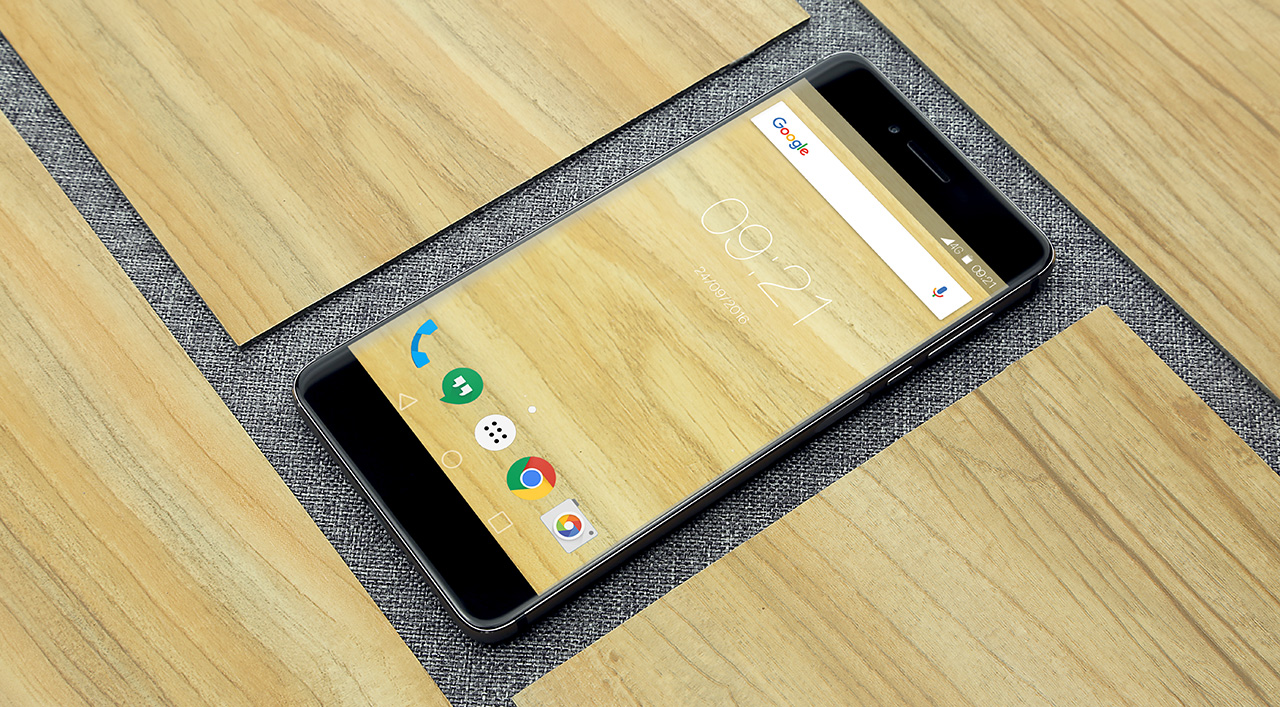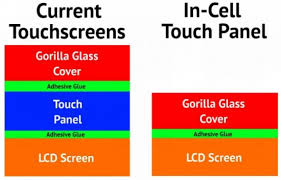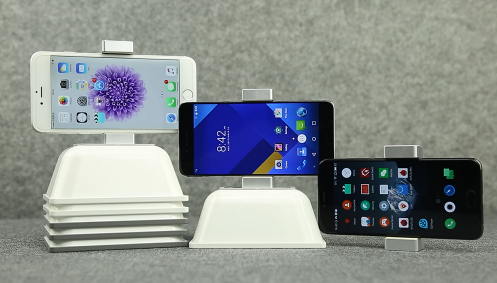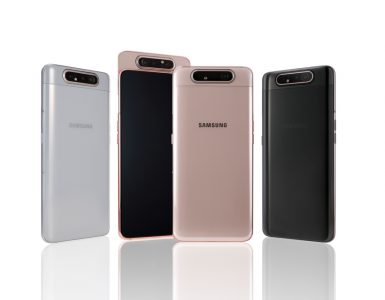Previously, we told you about the Mars’s single-hand handling ability, Fingerprint scanner abilities and other functions. This time we are going to discuss the display features of the device that even beats iPhone. In-cell technology emerged in 2012 and has been applied widely thanks to the promotion of iPhone. In-cell technology refers to a standard of displays that allows mobile devices, such as smartphones, to have thinner form factors.

In-cell displays are revolutionary in that they combine a digitizer, use touch input, and integrate an LCD screen into a single-layer display. To any display manufacturer, it’s not easy to bring this technology into mass production. That’s why the cost of In-cell screen is high. In-cell screen features a lighter and thinner glass layer, which can reduce the thickness of smartphone further.

That’s also why vernee Mars is equipped with an In-cell display. In-cell technology brings better viewing effects to Vernee Mars. And the 1mm ultra-thin bezel, up to 81% screen to-body ratio, and warm-tone make the screen look even better. Vernee Mars sports all metal back cover and all new arc antenna band, both are similar to those of iPhone 7.

It comes with 4GB RAM, 32GB ROM, octa-core 64bit CPU and 13MP Sony IMX258 camera which supports PDAF. What’s noteworthy is that Mars adopts a side-mounted fingerprint sensor and supports quick charge.

The retail price of Vernee Mars is $249.99. During the presale, you can get it with only $229.99 from gearbest with shipment of the pre-orders starting late September. You can also visit official Vernee website for the pre-booking.



